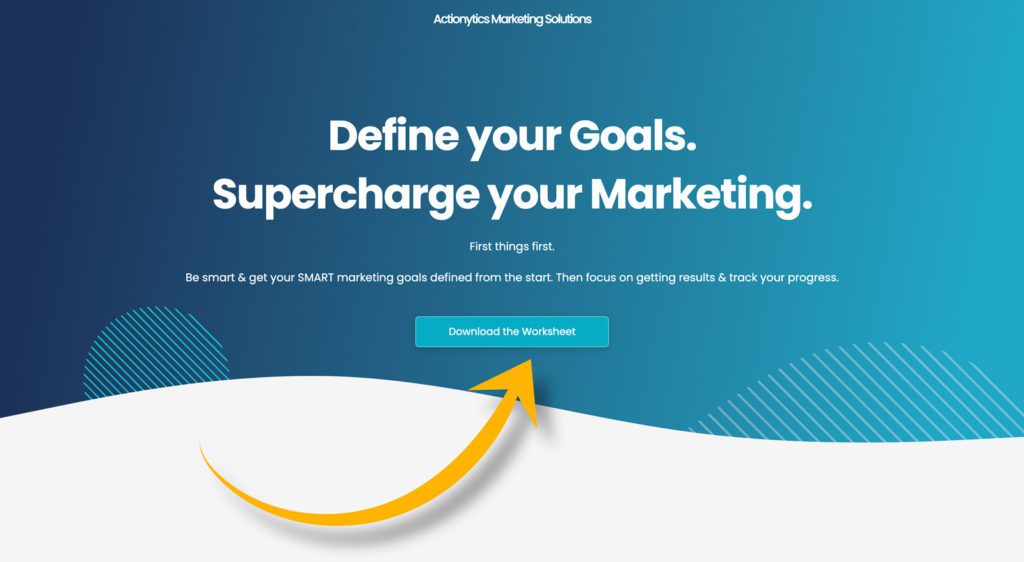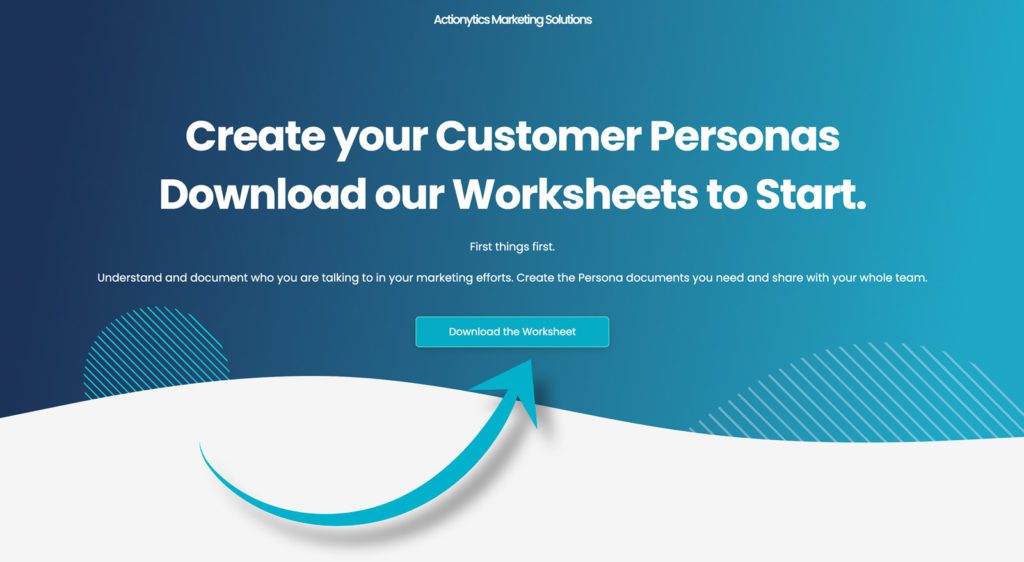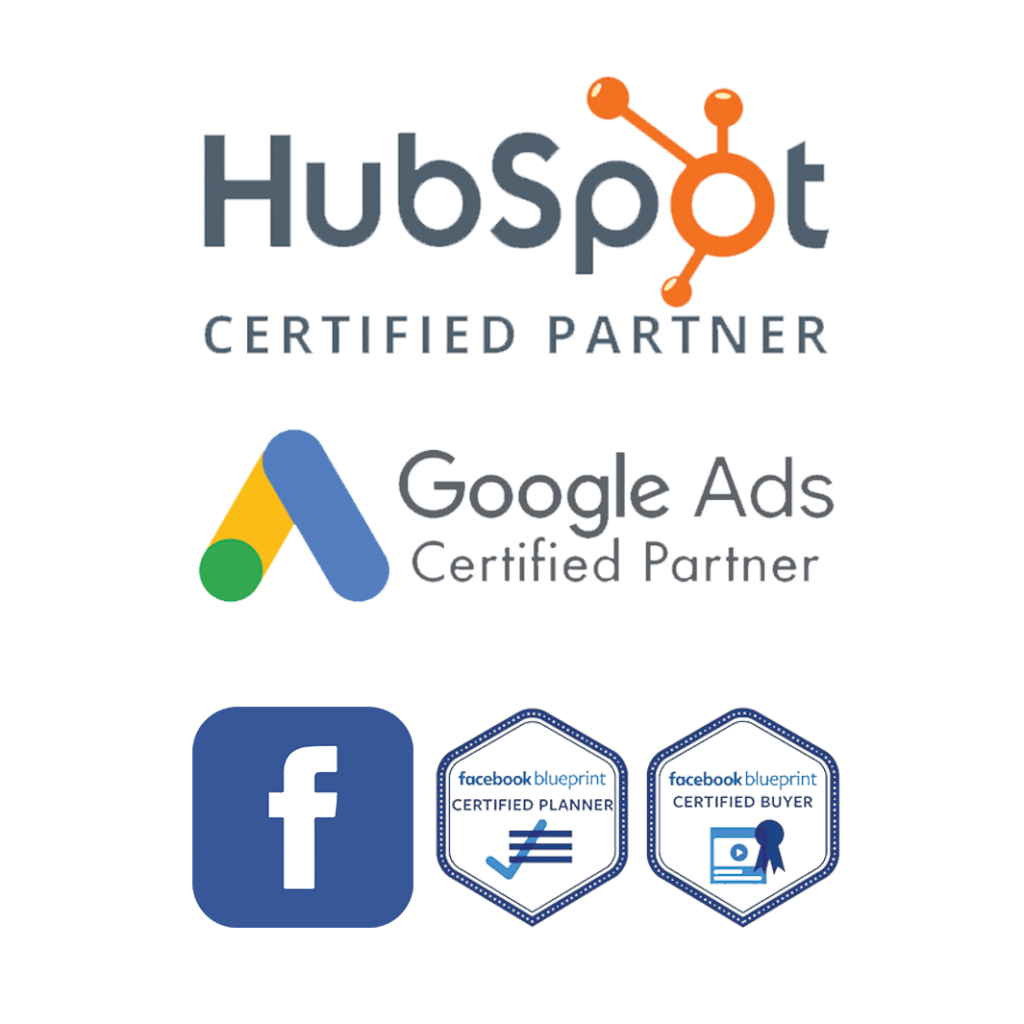Whether you are a beginner in content development or an experienced one, I strongly suggest you to update your strategy plan. Make it creative and engaging for your prospects and customers regardless of when or how they intend to buy.
Read on if you are having problems making plans for the forthcoming year or even if you need some new and creative suggestions for your strategy.
“Content marketing comes down to commitment. There’s no halfway. You’re either in or you’re out.”
~Joe Pulizzi
In this article, we’ll explore the definition of content strategy, the reasons why your company needs a content marketing strategy, and the steps you must follow to develop your strategy. We’ll also look at some successful content marketing strategies for inspiration.
What is Content Strategy?
A content strategy is a plan in which you use different kinds of content such as audio, visual or written ones to accomplish your company aims. Valuable content strategy will attract your target audience at every stage of the funnel and keep them engaged even after they’ve made a purchase.
One of the most vital goals in your business is branding. For this you should use a content strategy that concentrates on SEO to boost your website rank on the SERPs (search engine results pages) and attract more traffic to your products/services.
New businessmen might believe that content development is good but not crucial. However, the fact is that creating high-quality content can be extremely helpful for your target audiences. They will trust you and your business and trust is a major key to success over the long term.
More specifically, the pillar of the attract and delight stages in the buyer’s journey is a solid content strategy which follows Inbound marketing models.
In addition to drawing prospects to your brand, you can also use a content strategy to enable sales and delight the customer.
Additionally, if you want to compete in your business, you must establish a strong content strategy given that 70% of marketers are actively engaging in content development.
When you create a content strategy, you have to consider a few questions. Let’s explore them together.
1- Who Is Your Audience?
Who will read your copy? Who is the target audience? How many different audiences are you developing content for?
Your content strategy can be customized to different user types, just as your company may have different types of customers. These should be documented in detail in your company personas and guide the process of content making. You should always create pieces of content targeted towards your personas as if you were talking or writing only for them.
“The key ingredient to better content is separating the single from the stream.” ~LinkedIn Marketing
You can convey the customized content that you developed for each persona with the help of a variety of content types and channels.
2- Which issue will you be solving for your target audience?
In fact, it is you that should at first discover your audience’s problem and believe that with the help of your products/services they can meet their needs. In a similar aspect, your content guides and instructs your audience as they start to recognize and solve these issues.
People who are still identifying their key issues (in the awareness stage) as well as those who are actively searching for solutions to their problem (in the consideration stage), all the way up to the ones who are already utilizing your products/services as your customer (in the delight stage) to tackle these challenges can all benefit from a strong content strategy.
Your content helps you gain credibility with your target audience and supports the solution(s) you’re giving.
3- What makes you different?
Your potential clients need to understand how your product differs from that of your competitors, who most likely provide products that are comparable to your own.
Maybe the fact that your business has been around for a long time is your greatest asset. Or maybe you have a distinctive brand voice that sets you apart from your rivals.
You must authorize your value as a source of goods and services by demonstrating your merit as a voice. When you do, transmit that message throughout all of your content.
4- What types of content would you concentrate on?
You must adapt your presentation to your audience’s needs in order to decide which formats to emphasize.
You might be enticed to start a podcast since it has been so popular in recent years or to start a YouTube channel. But first determine what is best in terms of where your audience is at.
Otherwise, you risk wasting time by producing content that neither reaches nor engages your audience.
Once you’ve chosen the best format, start making a budget to determine how much money you can set aside to carry out your plan.
5- Which social platform will you choose to publish on?
You can publish to several channels, including your website and social media, just as you may develop content in a variety of formats.
This again depends on where your audience is. You might decide to publish your content on YouTube if your target audience enjoys long-form video content. On the other hand, TikTok and Instagram may be the best options if your target audience is younger and prefers short, snappy content.
We’ll go into greater detail about social media content strategy later in this article, so keep reading.
6. How will you oversee the creation and distribution of content?
It can be difficult to plan exactly how you’ll produce and distribute all of your content.
Prior to actually writing or developing, it’s critical to consider:
- Who is creating what?
- Where do you want to publish it?
- When will it go live?
In a small company or team, it is easy to make decisions alone, whilst you might need to cooperate with different content teams as your business grows and expands.
Modern content strategies avoid clutter by managing content from a topic perspective. You can quickly picture your company’s message and establish yourself as an expert in your market over time by organizing your content editorial schedule around topics.
Why Content Marketing Strategies Are Important for Marketers
Businesses can expect to have, with the aid of content marketing, a dependable and money-making source of website traffic and a stream of fresh leads.
If you can manage to write just one blog post that attracts a consistent volume of organic traffic, an embedded link to an e-book or free utility will go on to generate leads for you over time, long after you press “Publish”.
This is crucial to gradually boosting sales revenue.
Your evergreen content will serve as a consistent supply of traffic and leads. It will be giving you the freedom to experiment with different marketing strategies to create income. These can be sponsored content, social media advertising, and distributed content.
Additionally, your valuable content not only attracts and educates your prospects but also increases awareness for your business.
How to Create a Content Strategy Framework
- Set a clear goal.
- Investigate personas.
- Audit the content.
- Select a content management software.
- Identify the kind of content you wish to create.
- Brainstorm different content ideas.
- Distribute and conduct your content.
1- Set a clear goal for your content strategy development
What do you hope to achieve by creating a content marketing strategy? Why do you want to develop a content marketing strategy and create content at all?
Knowing your objective before you start planning will make it simpler to choose the appropriate course of action.
To figure out the right content goals and determine SMART goals of your own, hit the following link.
https://go.actionytics.com/free-worksheet-define-your-smart-marketing-goals

2- Investigating personas as an important first step in your content strategy
You must precisely identify your buyer persona in order to create a successful plan. These personas are often referred to as your target audience for your content.
For people who are just starting out or are beginners to marketing, this is highly vital. Knowing who your target market is can help you create more worthwhile content for them. They’ll want to read and engage in this type of content.
“The only way to win at content marketing is for the reader to say, ‘This was written specifically for me.”
~Jamie Turner
Depending on your level of marketing expertise, your target might need to change. Do you wish to broaden your current target market or focus on a new customer age groups? Do you intend to stick with the same target market? Growing your audience significantly requires reviewing the demographics of your target market through market research periodically.
To get going and create your customer personas, click below:
https://go.actionytics.com/free-worksheet-create-customer-personas

3- Audit the content
Most brands begin with blog postings in the early stages. You can do a content audit to determine your best and worst performing content to branch out into new formats. Then, make use of that knowledge to guide your next move.
If your company has been around for some time, you should evaluate your content marketing efforts and the outcomes from the previous year.
Set new goals after determining what you can accomplish differently in the future year. Aligning the objectives of your team with those of the rest of your company is a terrific idea right now.
No matter what stage you’re in, a content audit will assist you in identifying the topics that connect most strongly with your audience. On top of that it will help with finding any gaps in your topic clusters, and coming up with new content ideas.
4- Select a content management program that is compatible with your content strategy
Content development, content distribution, and content analytics are some essential aspects of content management.
To rapidly and effectively develop, manage, and track your content, you should use a CMS.
For example, you can plan, generate, distribute, and monitor your outcomes all in one place using the HubSpot CMS.
WordPress is a different well-known CMS, and it can be enhanced with the HubSpot WordPress plugin to provide free web forms, live chat, CRM access, email marketing, and analytics.
5- Identify the kind of content you wish to create
You have a wide range of content creation choices at your disposal, including written content such as ebooks and blog posts and audio content like podcasts.
The most common content forms that marketers are producing will be covered in the section after this, along with various tools and starter templates.
6- Brainstorm content ideas
It’s now time to start brainstorming ideas for your upcoming content production.
Here are some resources to help you become inspired.
Feedly
A great approach to keep up with popular subjects in your sector and generate content ideas at the same time is to subscribe to the Feedly RSS feed.
Your first step is to inform the software of the subjects in which you are most interested in, and its AI tool will handle the rest.
You now will not need to search the internet to be inspired when thinking about new content. You’ll just have to take a look at the curated list you are now receiving. It’s just that easy.
BuzzSumo
Want to find out what content and ideas are most popular? This organization provides a variety of market research tools, one of which analyzes social media shares to identify how well-liked and well-known a piece of content is.
This information enables you to determine which content concepts might be successful if you decided to write about them.
Blogabout
Get your mind’s gears going with IMPACT’s blog title generator. Similar to Mad Libs, this application gives you common headline forms with gaps where you can fill in with your own subject instead of funny sentences.
With the use of this brainstorming process, you may place your ideas in context that will appeal to your intended audience. In order to save your best ideas, BlogAbout’s “Notebook” feature allows you to add a heading that you like to it.
Blog Ideas Generator from HubSpot
The Blog Ideas Generator from HubSpot will help you come up with blog post ideas for an entire year. This content idea generator does everything you need; all you have to do is enter basic subjects or terms you’d want to write about.
The program evaluates the length, wording, grammar, and keyword search volume of headlines and titles.
Run a few headline ideas through the Headline Analyzer if you already have a concept in mind to see how you might strengthen it and advance your idea through the brainstorming process.
Actionytics’ Website Grader
When you want to know where you stand with your website and SEO efforts, this is an excellent tool to use. The Website Grader gives you marks on critical aspects of the functionality of your website and delivers you a thorough report to aid with optimization.
Using this tool, you may identify areas for development and learn how to make your website more SEO-friendly.
To analyze your website and find out its strong and weak points just click on the link and do it FREE.
If you need any help our team “Actionytics’ is here to answer your questions.
7- Publish and manage your content
Your marketing strategy should encompass how you’ll organize your content in addition to the types of content you’ll develop.
You’ll be on the correct path for creating a well-balanced and well spread out content library on your website with the aid of an editorial schedule. Then, to organize and market your content on other websites, develop a social media content schedule.
You can plan and optimize your marketing content through the link:

https://go.actionytics.com/free-template-content-plan-and-calendar





